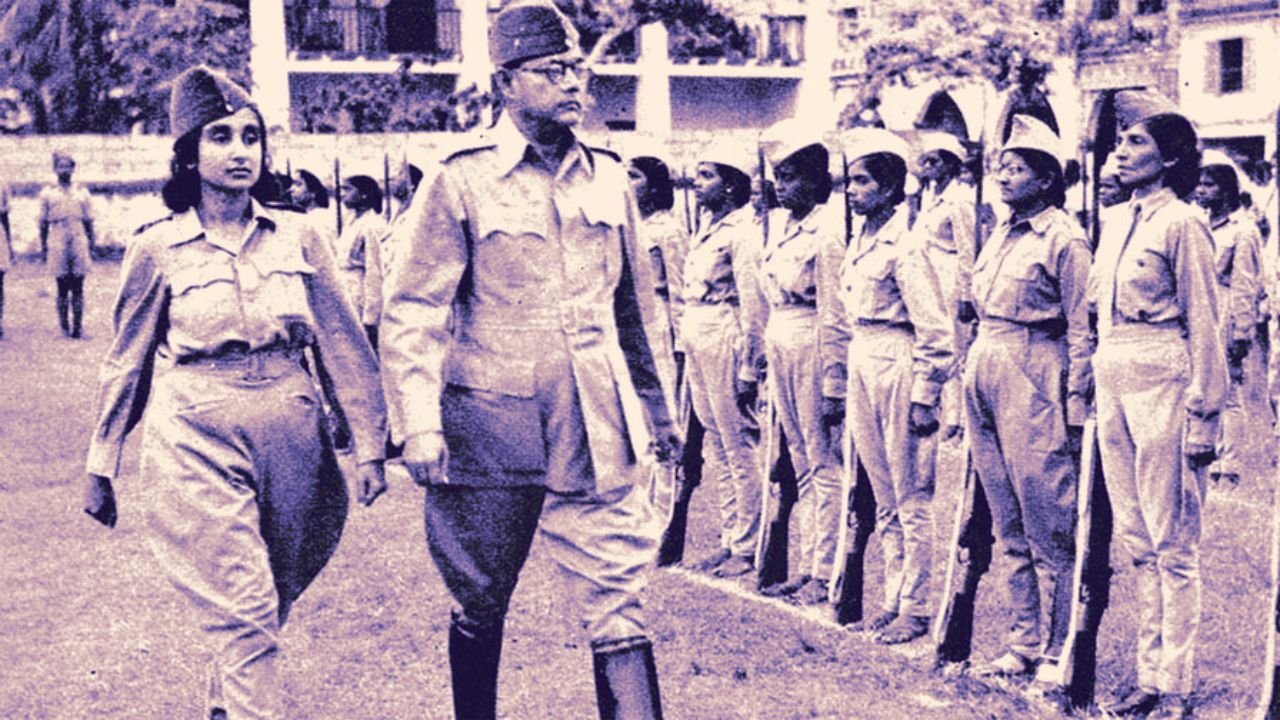Netaji Subhash Chandra Bose, a charismatic and enigmatic figure in India’s struggle for independence, continues to inspire generations with his unparalleled courage and determination. His life is a tapestry woven with sacrifice, patriotism, and a relentless pursuit of freedom. In this post, we delve into the top 10 things to know about Netaji Subhash Chandra Bose, shedding light on the remarkable journey of this iconic leader.
Unveiling the Legend : Top 10 Things to Know about Netaji Subhash Chandra Bose
In India’s rich history, few figures shine as brightly as Netaji Subhash Chandra Bose. A visionary leader, valiant freedom fighter, and an indomitable spirit, Bose’s legacy continues to inspire generations. As we go into the depth of his life this post aims to unravel the enigmatic persona of Netaji.
From his early years marked by an unwavering passion for the country’s independence to his audacious leadership during World War II, Netaji Subhash Chandra Bose left an indelible mark on the course of India’s freedom struggle. Join us on a journey through the pivotal moments, ideologies, and lesser-known facets of his life that make Netaji a towering figure in the tapestry of Indian history.
As we explore these key aspects, prepare to be captivated by the courage, intellect, and resilience that defined Netaji Subhash Chandra Bose. Let’s dive into the essence of a man whose undying spirit continues to echo through the corridors of time, influencing the very fabric of our nation’s identity.
Here Are Top 10 Things To Know About Netaji Subhash Chandra Bose :
Early Life and Education :
Born on January 23, 1897, in Cuttack, Odisha, Netaji Subhash Chandra Bose was an intellectually gifted child. He excelled academically and later pursued higher education at Cambridge University in England. Where he displayed a deep sense of nationalism, laying the groundwork for his future role in India’s struggle for independence.
Indian Civil Service and Resignation :
Bose cleared the prestigious Indian Civil Service (ICS) examination. But he resigned in 1921 to actively join the non-cooperation movement led by Mahatma Gandhi. This marked the beginning of his journey as a freedom fighter.
Leadership in the Indian National Congress :
Netaji rapidly rose through the ranks of the Indian National Congress, becoming the President in 1938 and 1939. However, ideological differences with Mahatma Gandhi and the Congress leadership led to his resignation.
Formation of Forward Bloc :
Disillusioned with the Congress, Bose founded the Forward Bloc in 1939, advocating for a more radical approach towards achieving independence. The Forward Bloc became a platform for Bose to mobilize support for his vision.
Great Escape to Germany :
Frustrated with the slow progress of the independence movement, Netaji undertook a daring escape from house arrest in Calcutta. His journey took him through Afghanistan and the Soviet Union, eventually reaching Germany.
Formation of the Indian National Army (INA) :
In 1943, Bose revived the Indian National Army (INA) with the support of the Axis powers (Germany, Italy, Japan). The INA aimed to liberate India from British rule and played a significant role in the later stages of World War II.
Azad Hind Radio Broadcasts :
Netaji’s powerful speeches on Azad Hind Radio inspired millions of Indians and became a beacon of hope. His famous slogan “Give me blood, and I shall give you freedom” resonated across the country.
Role in the Battles of Imphal and Kohima :
The INA, under Netaji’s leadership, played a crucial role in the battles of Imphal and Kohima. Though these battles were not victorious, they marked a turning point. And the INA’s contribution to India’s freedom struggle is undeniable.
Disappearance and Mystery :
Netaji’s fate remains shrouded in mystery. While the official version suggests that he died in a plane crash in Taiwan in 1945, various theories and controversies persist, fueling speculation about his possible survival.
Legacy and Honors :
Netaji Subhash Chandra Bose’s legacy continues to inspire people across the globe. His contributions to India’s struggle for independence are honored with numerous statues, memorials, and institutions in his name. The Indian government commemorates his birth anniversary as “Parakram Diwas.”
Final Thoughts :
Exploring the life and legacy of Netaji Subhas Chandra Bose reveals a remarkable journey marked by courage, determination, and unwavering patriotism. The top 10 things to know about Netaji Subhash Chandra Bose underscore his pivotal role in India’s struggle for independence and his visionary leadership that continues to inspire generations.
Netaji Subhash Chandra Bose’s life is a testament to the unwavering spirit of those who dared to dream of a free and independent India. His journey, from the hallowed halls of Cambridge to the battlefields of World War II, is a saga of courage, sacrifice, and unyielding determination. Let us reflect on lessons from his life that embodies the ideals he fought for a free, just, united India.
From his valiant exploits as a military strategist to his emphasis on inclusive nationalism, Netaji’s contributions have left an indelible mark on the pages of history. Netaji Subhas Chandra Bose was not just a freedom fighter; he was a symbol of resilience, a champion of justice, and a beacon of hope. His commitment to the cause of a free and united India remains a guiding force, urging us to uphold the principles of freedom, equality, and justice in our own lives.
The top 10 insights into Netaji’s journey serve as a tribute to a man who transcended boundaries and continues to stand tall as an icon of India’s fight for independence. May his legacy endure, inspiring us to strive for a better, more just world.
Read More -:
